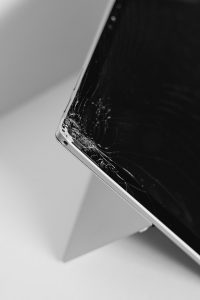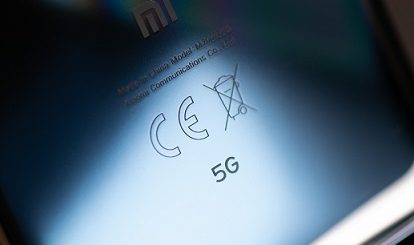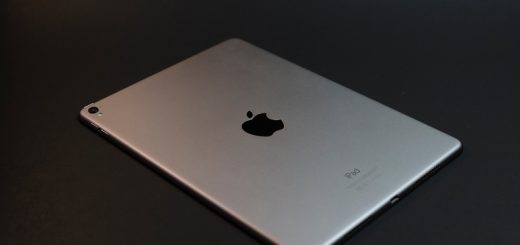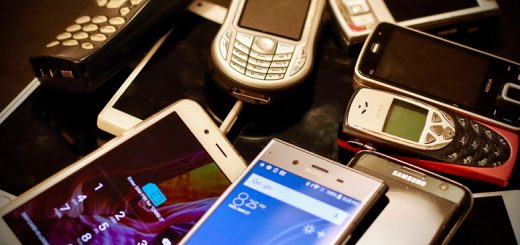A future iPad could have an all-glass design – what concerns are?

Apple has created a design for an upcoming iPad with an all-glass exterior. But is it safe?
Here are several potential concerns that may arise with an all-glass design for a future iPad:
- Durability: Glass, although elegant and aesthetically pleasing, is inherently fragile and prone to scratching, cracking, and shattering. An all-glass design for an iPad could be more susceptible to accidental damage, especially in the hands of careless users or in situations where the device is exposed to rough handling or drops.
- Weight: Glass is generally heavier than other materials such as aluminum or plastic. If an iPad were to adopt an all-glass design, it could potentially be heavier than previous models, leading to increased discomfort during extended usage or reduced portability.
- Cost: Glass, especially high-quality and durable glass, can be expensive to manufacture and process. An all-glass design for an iPad could potentially increase the production costs, which could result in a higher retail price for consumers.
- Heat Dissipation: iPads, like other electronic devices, generate heat during operation. Metal enclosures, such as aluminum, are often used in electronic devices due to their good heat dissipation properties. If an iPad were to adopt an all-glass design, it may need additional measures to dissipate heat effectively and prevent overheating issues.
- Signal Interference: Glass is not as conducive to radio signals as other materials, such as plastic or metal. An all-glass design for an iPad could potentially result in reduced signal strength for wireless connectivity, such as Wi-Fi or cellular, which could impact the device’s performance and user experience.
- Repairability: Repairing or replacing a cracked or shattered glass panel can be challenging and costly, compared to other materials. If an iPad were to adopt an all-glass design, repairing or replacing damaged glass components could be more complicated and expensive, potentially resulting in higher repair costs or longer repair times.
- Environmental Impact: Glass production can have environmental implications, including energy-intensive manufacturing processes and the potential for waste and pollution. If an iPad were to adopt an all-glass design, it could raise concerns about the environmental impact of the device’s manufacturing and disposal, which could be important considerations for environmentally-conscious consumers.
It’s worth noting that Apple, like other technology companies, invests significant resources in research and development to address these concerns and create products that meet high standards of durability, performance, and sustainability. Any potential concerns with an all-glass design for a future iPad would likely be carefully considered and mitigated through engineering, manufacturing, and design innovations.
Here are some potential pros or advantages of adopting an all-glass design for a future iPad:
- Aesthetics: Glass is known for its premium and sleek appearance, and an all-glass design for an iPad could result in a visually stunning device with a modern and luxurious look.
- Smooth Touch Experience: Glass has a smooth and glossy surface that can provide a pleasant tactile experience for users when interacting with the iPad’s touch screen. This could result in a smooth and responsive touch interface, enhancing the overall user experience.
- Improved Transparency: Glass is highly transparent and can provide excellent color reproduction and clarity for displays. An all-glass design could potentially result in a high-quality display with vibrant colors, sharp images, and wide viewing angles, enhancing the visual experience for multimedia consumption, gaming, and other tasks.
- Scratch Resistance: High-quality glass can be treated with special coatings or materials to make it more scratch-resistant, potentially reducing the risk of visible scratches on the iPad’s display or back panel. This could result in a device that retains its pristine appearance for longer, even with regular usage.
- Wireless Charging: Glass is transparent to electromagnetic fields, which could potentially allow for wireless charging without the need for physical charging ports or connectors. An all-glass design could facilitate wireless charging capabilities, offering convenience and eliminating the need for wired charging.
- Design Flexibility: Glass can be shaped and molded into various forms, allowing for greater design flexibility and creativity. An all-glass design for an iPad could open up new possibilities for unique and innovative form factors, aesthetics, and usability.
- Recyclability: Glass is a highly recyclable material, and an all-glass design could potentially make it easier to recycle the iPad at the end of its lifecycle, reducing environmental impact and promoting sustainability.
It’s important to note that these potential advantages would depend on the specific implementation, engineering, and materials used in an all-glass design, and careful consideration would need to be given to factors such as durability, weight, heat dissipation, and signal interference to ensure that the device meets high standards of performance, durability, and user satisfaction.



